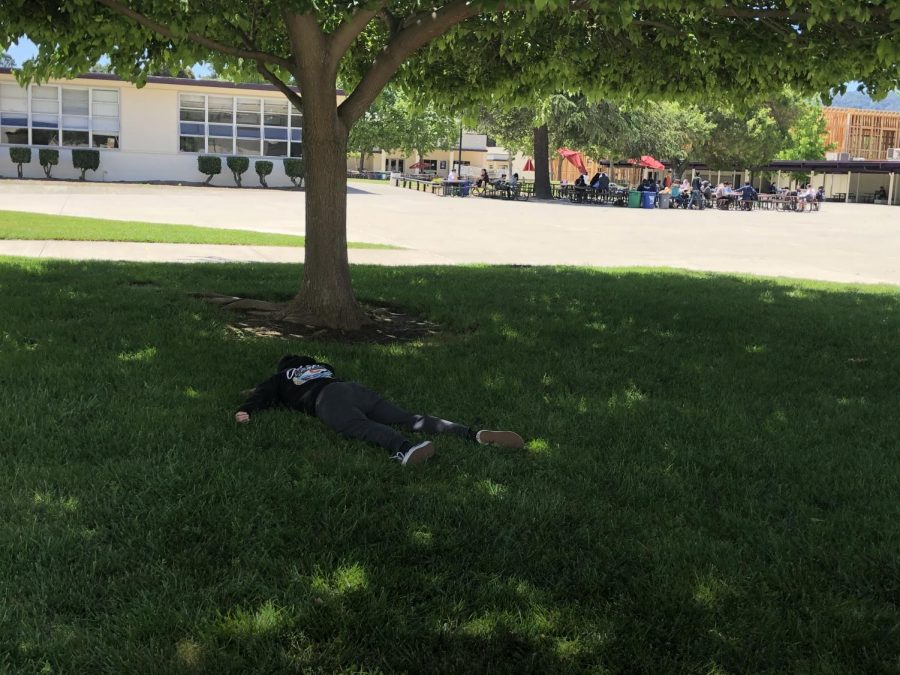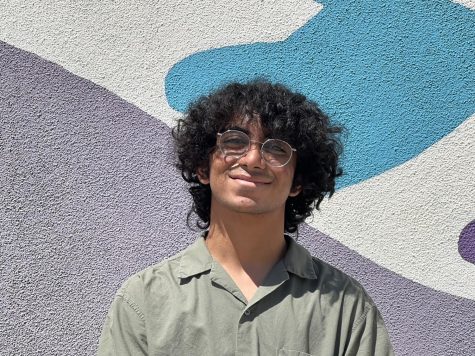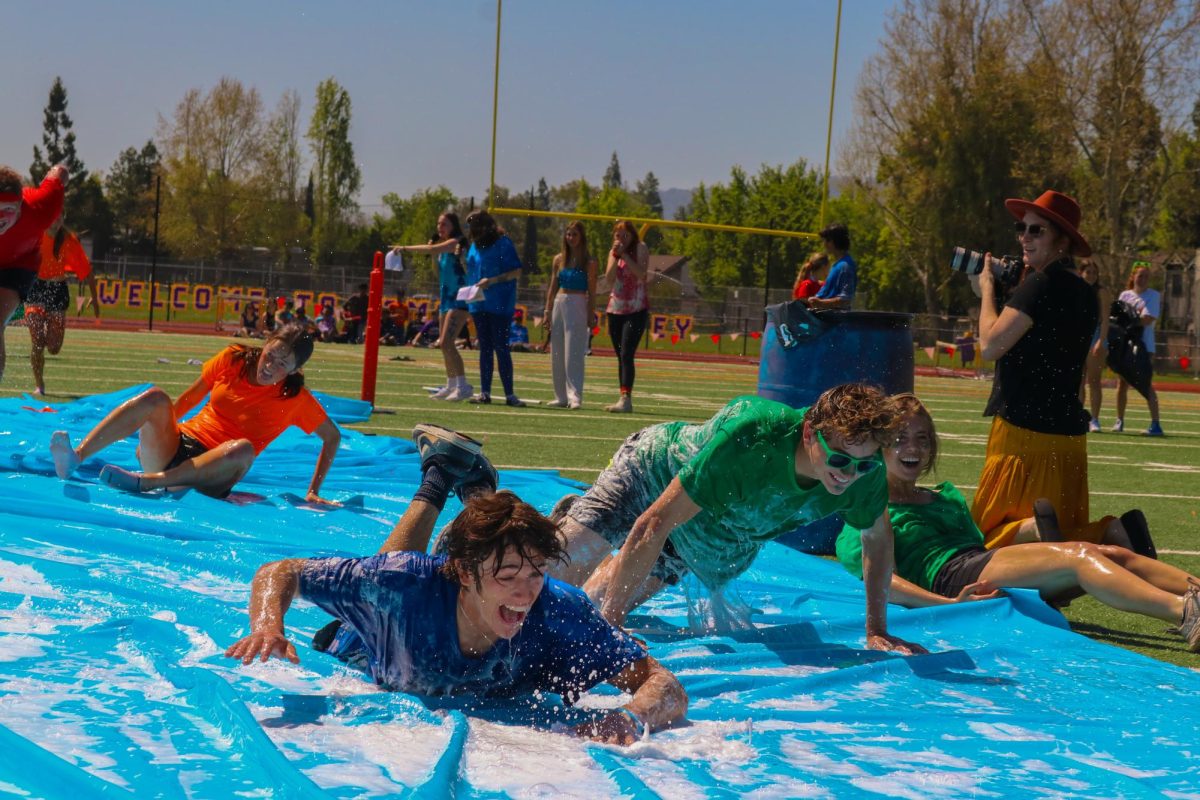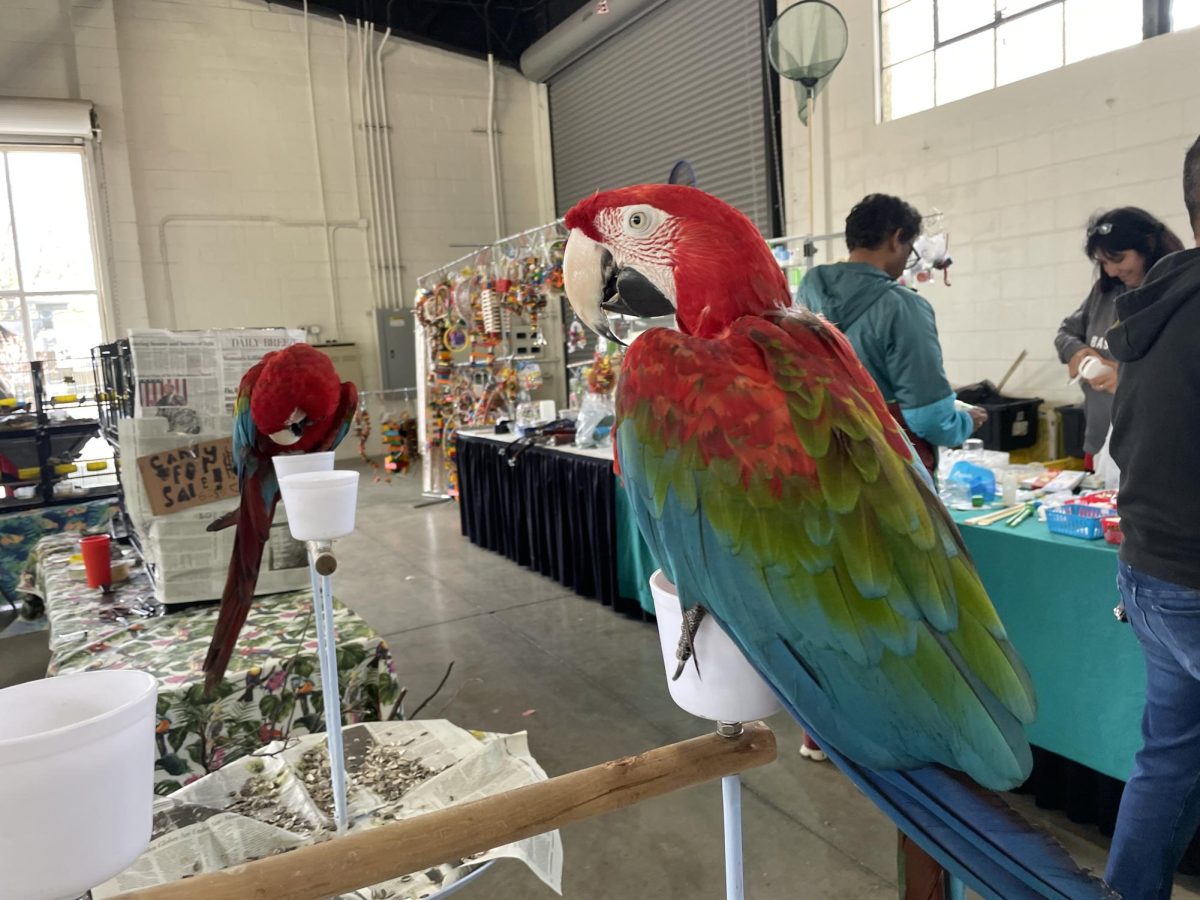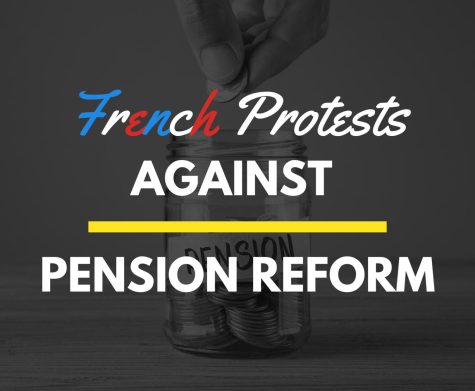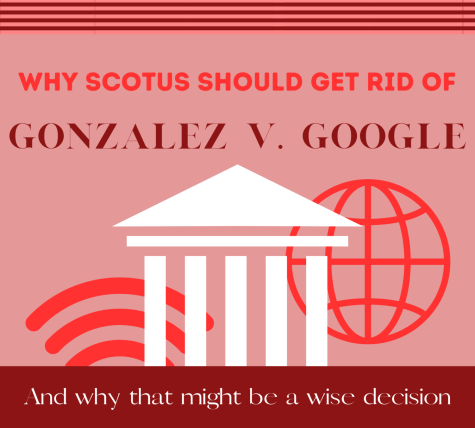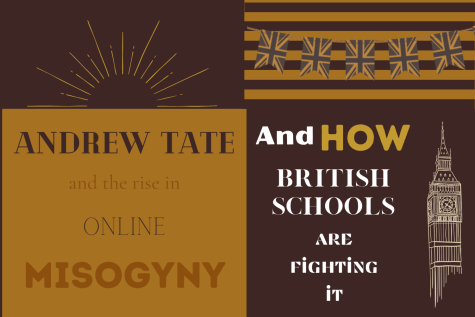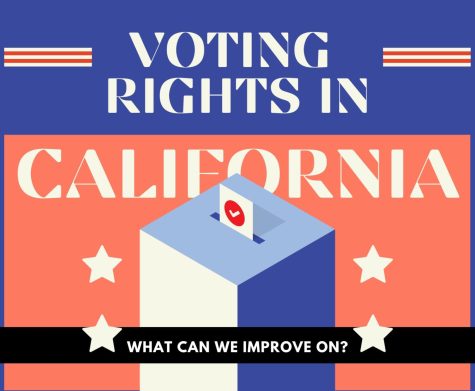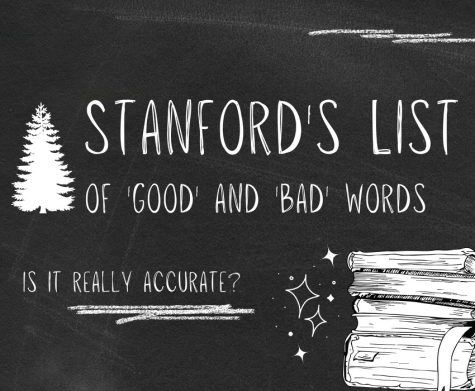Is showing graphic images necessary or harmful in media?
People have very different reactions to graphic images; either they are overwhelmed completely, or their morbid curiosity arises.
May 21, 2021
The use of graphic images in media has been a topic of widespread controversy for decades. The debate of either graphic images are necessary in bringing awareness to issues has come to a boil in the last few years, with the use of overly disheartening images such as the picture of late Oscar Alberto Martinez Ramirez and his 23-month year old daughter sparking opposition from the general public.
According to USA Today editor Manuel Garcia, news organizations have an obligation to tell the full story, even if it can be painful or upsetting to read.
“This is a story that must be told — fully and truthfully, with context and perspectives from all sides … and photography has the power to freeze a moment in time, one that in this case encapsulates the danger and desperation surrounding the exodus of immigrants primarily from Central American countries.” says Manuel Garcia, USA Today (Yahoo News).
On the other hand, many human rights organizations believe that the people depicted in graphic photos are stripped of their very humanity.
“The media wants you to view them as just another tragedy, more #’s to rack up migrant deaths. They will show you the graphic image saying it will make people ‘care’ or ‘move them into action.’ We think otherwise. Were they migrants? Yes. But before they were migrants they were a family.” says immigrant advocacy group RAICES (Yahoo News).
Photographs also have a powerful meaning to them that words do not, as they give the words a human face that people can relate to and understand more clearly.
“You can have statistics about a given issue, like how many children are being held in refugee camps. But then you have an image and it makes it all human. … It’s that unique way of bringing something to a scale we can comprehend. Photos give you the space and time to really think about something.” says Mark Lubell, executive director of the International Center for Photography to the Associated Press (Yahoo News).
However, oftentimes the very graphic pictures that strive to bring a burgeoning problem to light tend to harm the groups that they depict.
“Pushing people to look at a shocking image that isn’t in context is not beneficial for the viewers, it is not beneficial for journalists, and it is absolutely detrimental to the immigrant community.” says the National Association of Hispanic Journalists (Yahoo News).
Students also believe that graphic images should be used to bring awareness to larger issues, as they make people acknowledge the violence happening and gives them solid evidence for the existence of larger issues.
“Graphic images in media are good because it forces the viewer to acknowledge the violence happening. It gives the viewer a better sense of importance about the situation” says Andrew Weckwerth (‘23).
This evidence helps give context on this very morally-tied argument. Oftentimes, people tend to forget that the person whose graphic image they’re viewing actually either have family or used to have one, a life as complex as ours. The Internet desensitizes us from these horrid happenings, and the media’s use of graphic images serves to only further this severe problem.
However, those that acknowledge the backgrounds of these humans as diverse as any other have the capability to understand the underlying meaning and purpose behind the use of these graphic images.
Learning how to depict the weight of these graphic images should be the main goal of news organizations going forward. Only when people understand what importance these images hold can the portrayal of graphic pictures be useful in media.

